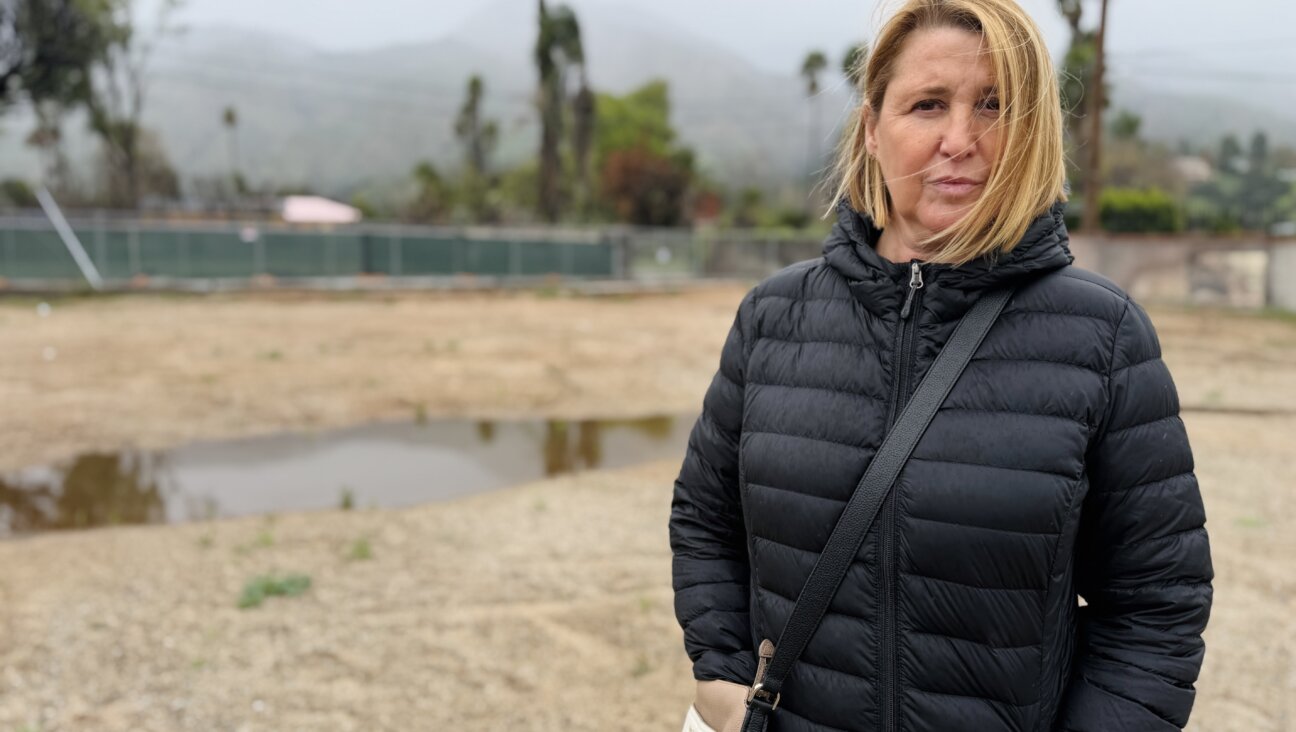Israel Textbook Paints a Complex Portrait
A new textbook written for young students presents a nuanced, critical and yet beautiful portrait of Israel, one that is designed to encourage these students to visit the country and embrace their Jewish heritage.
“Artzeinu: An Israel Encounter” is an insider’s guide to the geography, history and culture of Israel, documenting the country that exists today, not an idealized version of it. The textbook, intended for study by fifth and sixth graders, sports brightly colored maps, detailed drawings, contemporary people and historical figures.
Rachel Margolis, director of education at University Synagogue in Los Angeles, plans to use the book in her sixth grade class. According to Margolis, the textbook “is in many ways an answer to the educator’s dilemma about Israel books. Many texts on Israel are overly mythical, overly simplified, and full of silly facts and pictures that would not help students form a connection to Israel. ‘Artzeinu’ presents well-researched, age-appropriate information about Israel, and asks important questions.”
Josh Barkin, Joel Lurie Grishaver and Ethan Bair wrote the book, partly in response to a new study by Steven M. Cohen and Ari Y. Kelman, titled “Beyond Distancing: Young Adult American Jews and Their Alienation From Israel.” The study explored the way that 21- to 35- year-olds feel about Israel.
Artzeinu is geared toward preparing students, even from the tender age of 10 or 11, to want to visit the country, in the hopes that they will grow to feel a connection to the land and, therefore, to their heritage and their Jewish identity. The text was published by Torah Aura Productions.
Barkin said that teachers need the tools to provide their students “with a sophisticated, nuanced, multifaceted picture” when teaching them about Israel. “Too often we dwell on the Israeli-Palestinian conflict, or on idealized images of the ‘Holy Land’ or of Israel’s great military victories. We need to offer our students not just one of these pictures, but all of them… and more. They need to see Israel as a vibrant Western country, as a nation that faces real challenges and as a Jewish homeland,” he said.
“Artzeinu” introduces students to everything from “modern Israeli music and the first Israeli gold medal winner to environmental issues in the Negev and the poetry of Rachel,” Barkin said.
Issues are presented in a clear, factual way, stressing the need for students to think about them critically and to become involved with their heritage. The text is lighthearted in some parts and serious in others, but most of all, it’s thought-provoking.
A page-long section titled “You Be the Tour Guide” allows students to plan a day in Tel Aviv that “has something for everyone in the family.” A more serious section, “Challenge for Israel,” includes such topics as “Israeli Arabs” and admits that “when it comes to its own Arab population, the State of Israel has work to do.”
More than 80 schools in the United States have already opted to use “Artzeinu” in their classrooms. Ira Wise, director of education at the Reform synagogue Congregation B’nai Israel in Bridgeport, Conn., plans to use the book to teach 52 fifth graders.
“First of all, it’s a gorgeous book,” he said. “It doesn’t just tour the kids through Israel, but challenges them to use critical-thinking skills to formulate opinions.”
Wise, whose graduate thesis was a 10-lesson curriculum trying to bridge the gap between the idealized Israel and the people who live in the real Israel, is also impressed by the book’s integrity and honesty.
Wise is focused on “helping children fall in love with the Israel that is, not the Israel we dream of.” He believes that “Artzeinu” is the best text to accomplish this. “There are other books for other grades that I’ve used, but for this grade, it’s about the only thing that does the job,” he said.
















